A Client Letter on the PPP Loan
The CARES Act provided for $359 billion in funding for The Paycheck Protection Program (PPP) loan. The money is quickly being exhausted by those who applied early. It’s not too late to apply now as Secretary of Treasury Mnuchin has asked Congress for another $250 billion. A lot of us were busy with tax returns (even if the due date was delayed) and we didn’t get information on these loans to our cash-strapped businesses and to our self-employed clients who are suffering from the Coronavirus slowdown.
Do you need a client letter to send out now? Our colleague Alice Orzechowski has shared hers. Download the Letter Here
Paycheck Protection Program Loans
Paycheck Protection Program (PPP) loans are potentially forgivable loans to pay your employees during the COVID-19 crisis. Payments are deferred for six months, the interest rate is 1.0%, and the loan is due in two years.
The maximum loan amount is 2.5 times your average monthly payroll costs in 2019 for your W-2 employees. (Payroll per employee is a maximum of $100,000.) For self-employed individuals the maximum loan amount is 2.5 times 1/12th of your 2019 Schedule C net profit (using a maximum net profit of $100,000).
The PPP program opened up Apr. 10th for self-employed businesses without W-2 employees. I have linked a loan application for your convenience and information. You need to contact your commercial loan officer, as that is who you submit this loan request to. If you do not have a commercial loan officer, you need to contact the bank where you have your business account and tell them you are interested in the PPP loan and to whom do you submit your application.
The application form is relatively easy, assembling the required documentation takes some time. The banks would prefer that all the documentation be submitted at one time and electronically if possible.
Each bank determines what documentation they require. Here is a list of potential documentation based on my dealings with two different banks. (It does not hurt to submit extra documentation.) You may want to start gathering up this information while you are waiting for your local bank to tell you where to submit your application and documentation.
- Completed signed application (SBA Form 2483)
- Articles of Incorporation/Organization of the business (if applicable)
- Bylaws/Operating Agreement of the business (if applicable)
- Owner’s drivers license
- W-9 Forms for business and owner
- Most recent Mortgage Statement or Rent Statement
- Most recent utility bills (Electric, Gas, Telephone, Internet, Water)
- Copy of most recent tax return
- 2019 Income Statement (if 2019 is not your most recent tax return)
- 2020 Income Statement year to date
- NAICS Code —this code number is on your tax return (Schedule C on Line B, Form 1065 on Line C, and Form 1120S on Line B)
- Date of business formation
If you have W-2 employees, you may also need copies of all payroll returns filed for 2019 and 2020. Let me know if you have any questions. Stay safe and wash your hands.
Regards,
Webcast on the Paycheck Protection Loan Details And Updates
Our 1-hour Webcast titled Paycheck Protection Loan Details And Updates is available to watch now!This course summarizes the application process for the new SBA Paycheck Protection Program (PPP) Loan. Eligibility, required documentation, calculations for the loan amount, and examples for the self employed individual and the S corporation owner/employee are included in the manual and in the discussion. The course also discusses the forgiveness provisions. A guest speaker who is a small company controller tells her experiences with the application process through her local bank. A client letter is included for your use in communicating with your business clients. Resources are linked in the manual so that you can stay updated as money is exhausted on the first $359 billion of funding and Congress agrees to Secretary Mnuchin’s request for additional funding.

Sharon Kreider, CPA, has helped more than 15,000 California tax preparers annually get ready for tax season. She also presents regularly for the AICPA, the California Society of Enrolled Agents, CCH Audio, and Western CPE. You’ll benefit from the detailed, hands-on tax knowledge Sharon will share with you—knowledge she gained through her extremely busy, high-income tax practice in Silicon Valley. With her dynamic presentation style, Sharon will demystify complex individual and business tax legislation. She’s a national lecturer for business and professional groups and consistently receives outstanding evaluations. In 2014, she was awarded the prestigious AICPA 2014 Sidney Kess Award for Excellence in Continuing Education.
DIG DEEPER:
How The $3.5 Trillion Budget Blueprint Could Impact Your Clients
The new reporting requirements on brokers are addressed in Section 80603 of the bill. “Broker,” by definition in Sec. 6045 (c)(1), is expanded to include “any other person who (for a consideration) regularly acts as a middleman with respect to property or services…A person shall not be treated as a broker with respect to activities consisting of managing a farm on behalf of another person.” In turn, the bill defines a “digital asset” as “any digital representation of value which is recorded on a cryptographically secured distributed ledger or any similar technology as specified by the Secretary.
